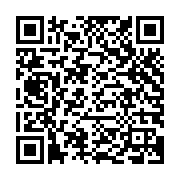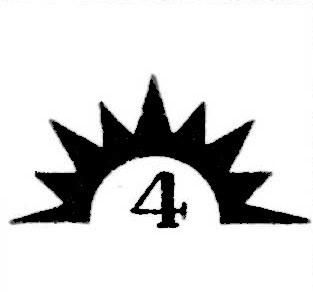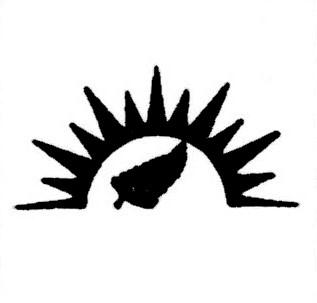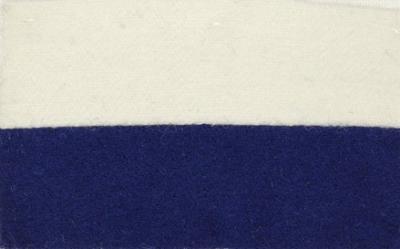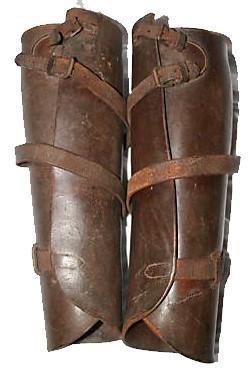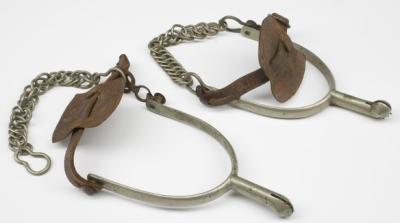Formation Sign - 3 Australian Division (World War 1)
Each Division of the Australian Imperial had a divisional sign. This was a distinct design and not the same as the shoulder flash placed on uniforms. It could be used to mark equipment or supplies intended for a specific unit. The 3 Division sign was the numeral 3 within a 9 point rising sun.
On 2 February 1916, the Australian government agreed to form another Division. The Third Division was formed in Australia in March 1916 and it moved to England to train in July 1916. In December 1916 it moved to France, becoming the last division to do so, taking over part of the "nursery" sector near Armentieres.
In June 1917 it participated in the Battle of Messines. In October it fought in the Battle of Broodseinde alongside the veteran First and Second Divisions. On the 12th of October, the Third Division was repulsed at Passchendaele.
In March 1918 the Third Division was rushed to the Somme region to stem the German Offensive there. It clashed repeatedly with the advancing Germans, halting their advance at Morlancourt and Villers Bretonneux.
Holding the high ground north of the Somme River, the Third Division was involved in a series of remarkable exploits of "peaceful penetration" around Sailly-le-Sec.
Later the Third Division fought in the Battles of Hamel, Amiens, Mont Saint Quentin and the Hindenburg Line.
Details
Details
During World War 1, Division formation signs were based on a rising sun design although the number of points varied between 9 and 13 This design was based on a trophy of arms which also led to the creation of the rising sun cap badge,
The marking of military equipment is not a new phenomena. A broad arrow, is a stylised representation of a metal arrowhead, comprising a tang and two barbs meeting at a point. It is a symbol used traditionally in heraldry, and later by the British government to mark government property.
The broad arrow was used in England from the early 14th century, and more widely from the 16th century, to mark objects purchased from the monarch's money, or to indicate government property. It became particularly associated with the Board of Ordnance, and later the War Department and the Ministry of Defence. It was exported to other parts of the British Empire, where it was used in similar official contexts.
The use of markings on Australian military vehicles expanded and became more sophisticated following mass production and the mechanization of armies.
Australian Army Museum of Western Australia
Australian Army Museum of Western Australia
Other items from Australian Army Museum of Western Australia
- Formation Sign - 4 Australian Division (World War 1)
- Formation Sign 5 Australian Division (World War 1)
- Formation Sign - I ANZAC Corps (World War 1)
- Formation Sign - II Anzac Corps (World War 1)
- Formation Sign - ANZAC Mounted Corps (World War 1)
- Formation Sign - Australian Mounted Division (World War 1)
- Formation Signs - Desert Mounted Corps (World War 1)
- Colour Patch - 11 Battalion Australian Imperial Force
- Colour Patch - 16 Battalion Australian Imperial Force
- Colour Patch - 44 Battalion Australian Imperial Force
- Stohwasser Leather Leggings
- Australian Army Issue Spurs
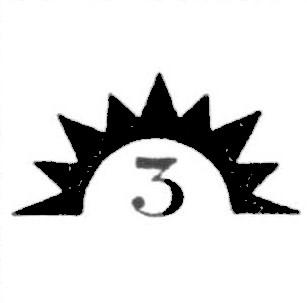
Scan this QR code to open this page on your phone ->
